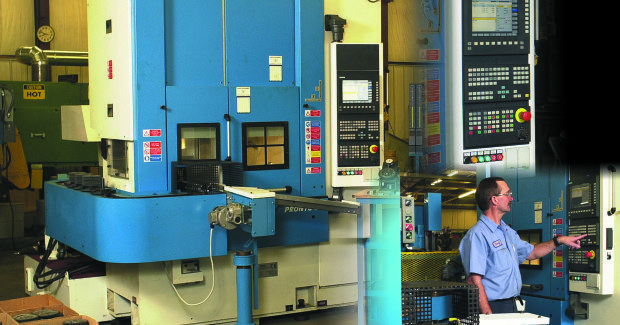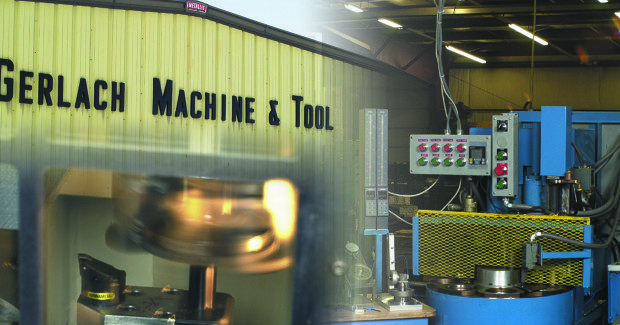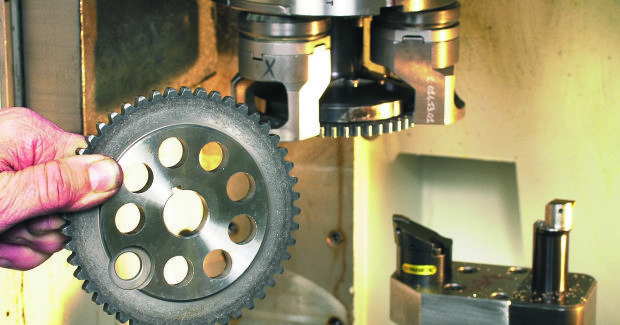Turning Powdered Metal Into Profit
Check out how this Ohio machine shop mastered the machining of very high quantities of powdered metal automotive components that cause excessive tool wear and require constant offset adjustments.
Posted: January 11, 2015
Charles Gerlach, the president of Gerlach Machine & Tool (St. Henry, OH), literally turns powdered metal into profit with his Eurotech-Famar Pronto 5 Turning Cells, along with other CNC lathes and various machining centers inside his shop.
This machine shop does high-volume machining (annual volumes range from 50,000 to 1,000,000 pieces), plus bead blasting and honing of various powdered metal and cast aluminum parts. Their customers include major suppliers of automotive components, such as timing sprockets, engine/drive line components and auto body parts. The company frequently does the final machining on near net shape products for subsequent delivery to Tier One automotive vendors.
The purchase of two Pronto 5 Turning Cells, each with a Siemens CNC control, drive and spindle package onboard, was necessitated by the unique machining characteristics inherent in powdered metal work. “We’re machining very high quantities of powdered metal automotive components. This causes excessive tool wear and requires constant offset adjustments,” explained Gerlach. “The representative for the turning cells trained us on the set-up, programming and time-saving features for our particular operation.”
“These machines were put into action almost immediately after delivery to meet current customer production schedules, so we had less time than expected to test run the cells,” continued Gerlach. “What we learned was that the control package allowed us to add separate sets of electronic pushbuttons at the operators’ worktables, each wired into the machine to make offset changes by the push of a button rather than keying in the change on the control panel’s offset page. Within the cutting program, each pushbutton controls a tool offset and is assigned a specific positive or negative numerical value.”
“Then, each time a button is pushed by the operator while the machine is running the offset assigned to that particular button will change by the given numerical value,” noted Gerlach. “This basic capability saves time and simplifies tool adjusting, all of which increases our productivity substantially.”
Elaborating on the controls of the turning cells, Gerlach pointed out that “the machine does not need zero returned or referenced. Passwords can be selected to protect the program and the tool geometry from being accidentally altered, while still allowing the operator to change tool offsets.”
He also cited other benefits of the machines, including the capability of assigning offsets a maximum value the control will accept per adjustment, thereby preventing machine “crashes” which occur when an offset value is changed to an incorrect large number.
He noted that the programming of sub-programs within a program is an added upside of the machine control package, which features the Sinumerik 840D CNC, Simodrive 611D and spindle as original equipment on the turning cells. Axis and spindle motion are all controlled by the CNC, with the shop storing all data/programs on the hard drive with floppy disk back-up.
Gerlach Machine & Tool, Inc., 512 N. Eastern Avenue, St. Henry, OH 45883, 419-678-4217, Fax: 419-678-3615.
Siemens Industry, Inc., 390 Kent Avenue, Elk Grove Village, IL 60007, 847-640-1595, Fax: 847-437-0784, www.USA.siemens.com/cnc.


















